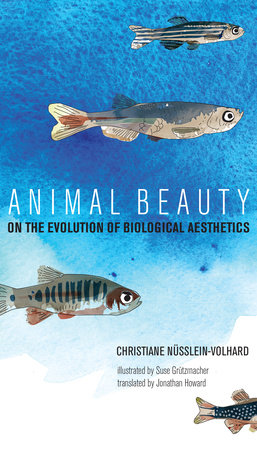The MIT Press Goes Live 7/1/2020!
We’re excited to announce that The MIT Press goes live with Penguin Random House on 7/1/2020! Established in 1962, the MIT Press is one of the largest and most distinguished university presses in the world and a leading publisher of books and journals at the intersection of science, technology, art, social science, and design. MIT






